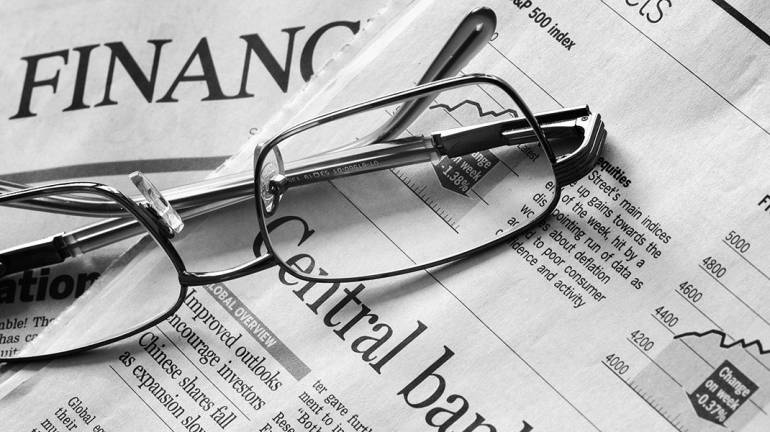
Fitch awards Australia AAA rating
(16 March 2016 – Australia) Credit agency Fitch has given Australia a triple A (AAA) rating overnight.
In a statement, Fitch said: “Australia’s ‘AAA’ rating is underpinned by the economy’s high income, strong institutions and effective governance.
“The free-floating exchange rate, credible monetary policy framework, low public debt and growing recognition of the Australian dollar as a reserve currency allow the economy to adjust to changing economic conditions.”
If, as Fitch suggest, Australia is growing as a reserve currency, that means it will be taking a small, but central place in the foreign currency investment portfolio of central banks, supranational institutions, and more likely than not an increasing number of private sector investors.
That might help explain why the Aussie has been relatively strong over the past 6 months when pundits were expecting a crash to 65 cents and below. It might also help explain why even with the crashing terms of trade the Australian dollar is hanging relatively tough.
But, while traders and the market have a strong focus on Australia’s China links and the falling terms of trade, Fitch points out a few key metrics which are driving the recognition of the Aussie dollar’s reserve status.
That’s particularly the case when compared with other AAA nations.
“GDP growth of 2.5 percent in 2015 was marginally slower than a year earlier, but still outpaced the median of 1.8 percent for ‘AAA’ rated sovereigns,” Fitch said.
The ratings agency also highlighted that the strong services sector performance and improved consumption would see Australian growth at 2.6 percent this year and 2.7 percent in 2017.
Australia surpasses its AAA peers on the debt front according to Fitch’s statement.
It also highlighted that the country’s banking system is “is one of the strongest globally on a standalone basis”. That’s before implicit or explicit Australian government support.
Australia’s external financing position is a concern for Fitch, which called it a “longstanding structural weakness”. However, the strength of growth, low government liabilities, and a strong banking system is alleviate the overall risk.
“Net external debt, including derivatives, increased to 61.0 percent of GDP in 2015 from 54.4 percent in the previous year. This is higher than the previous 2009 peak,” Fitch said.





 Subscribe
Subscribe